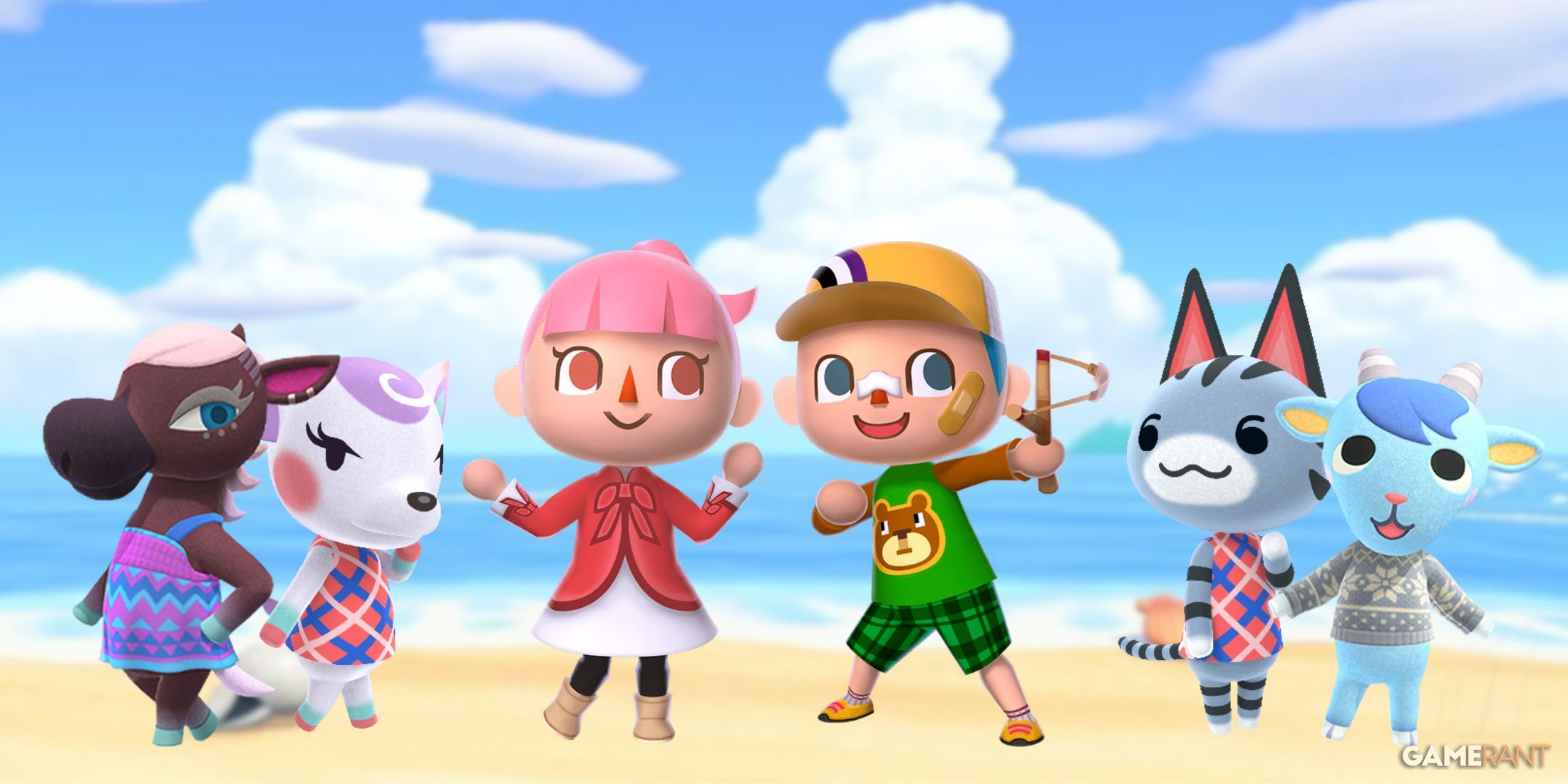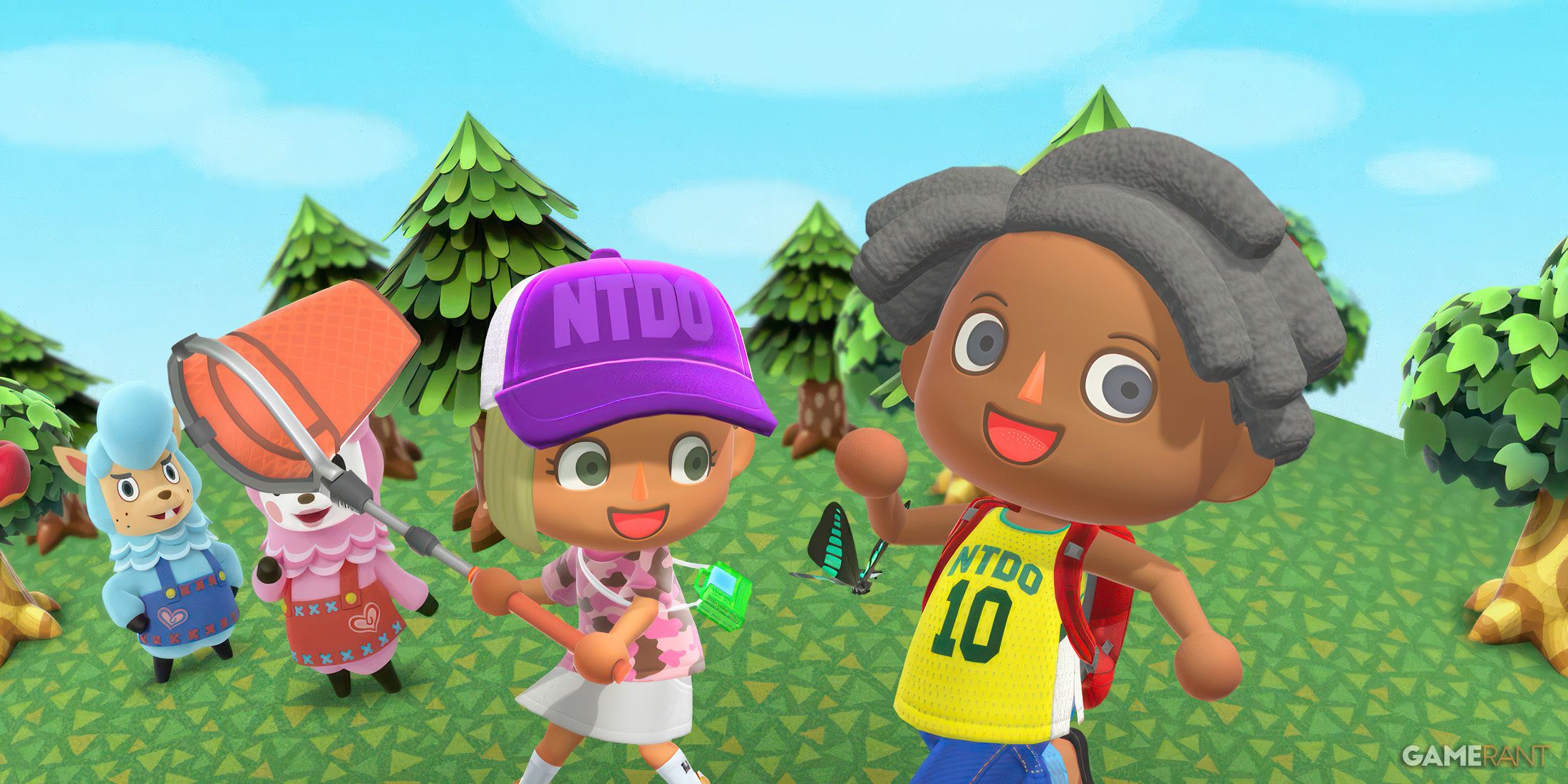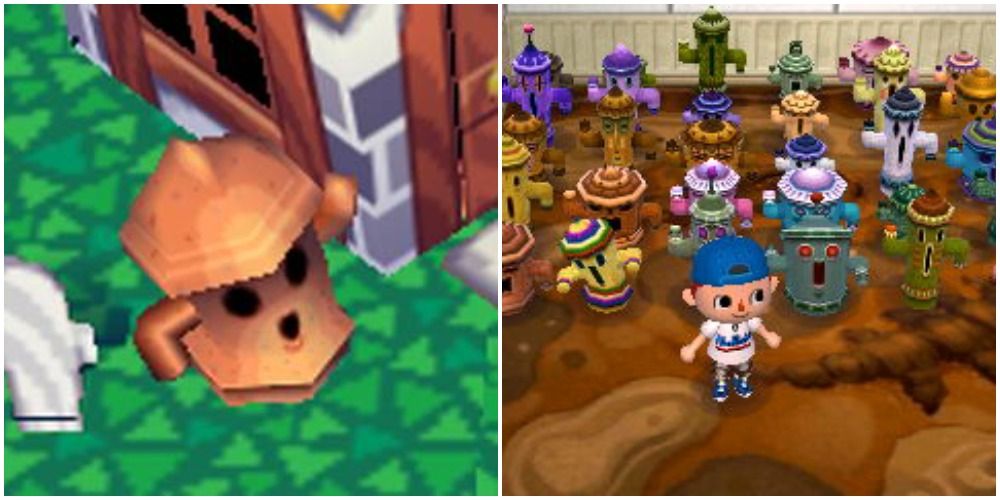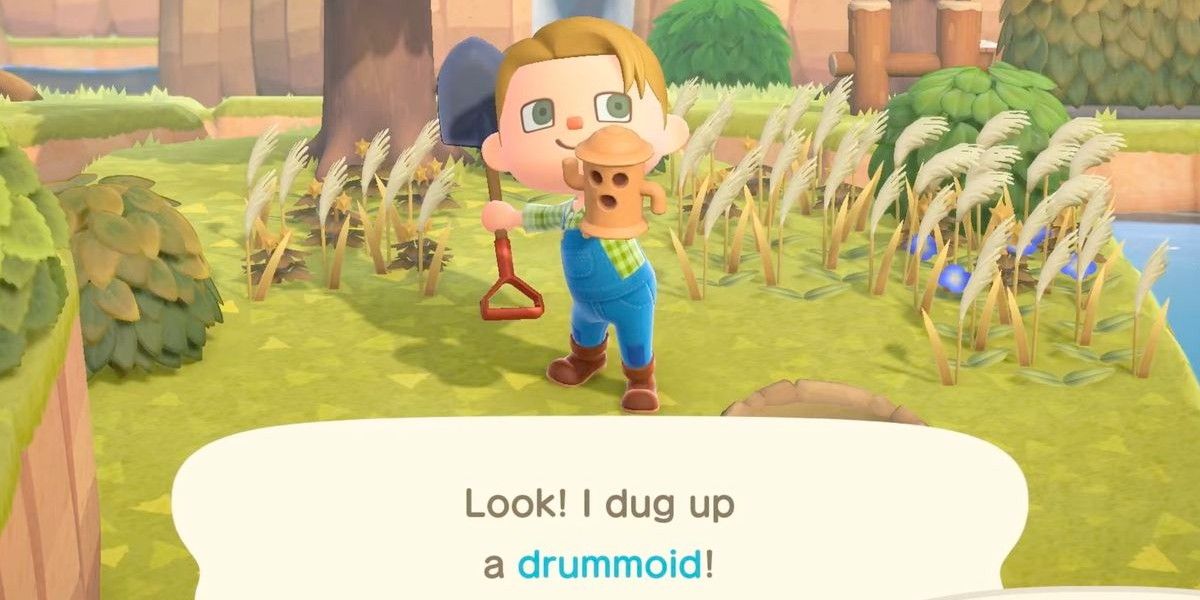Gyroids are making a return in the long-anticipating update to Animal Crossing: New Horizons, and it is a welcome return, as the gyroids have a long history in the Animal Crossing series. To new players though, gyroids can be difficult furniture to understand due to their unusualness. Outside of just looking odd, gyroids all make different noises automatically if turned on, and come in sets.
In Animal Crossing: New Horizons, gyroids have only been seen as beings that collect donations for bridges and inclines. With the new update, gyroids will now be able to be dug up like fossils, re-plant, watered, and then place their revitalized forms around their home and/or island.
The History Of Gyroids In Animal Crossing
The very first gyroid in Animal Crossing was a plain-looking brown gyroid outside of the player's house on the original N64 and Gamecube game. The gyroid was a character to speak to in order to save the game progress, to set items for sale, and to give messages to other players that speak to it. Then the player could collect gyroids to put inside their home by digging them up as they would with fossils. These household versions did not speak, but would come in a variety of designs and make different sounds. If a K.K. Slider song was played in the room, they would synchronize to the melody.
As the games continued on, over one hundred designs had been made by Nintendo. In Animal Crossing: Wild World, there were even a total of 127 gyroids that the player could collect. The many gyroids would be grouped into sets called "families" that could range from two to six matching gyroids with similar sounds. Every group had a unique sound and could be anything from timpani drums to beeping. A hint to what sounds they would make would be in their names, such as the Buzzoid Family and the Clankoid family.
What Animal Crossing's Gyroids Are Based On
Gyroids did not come out directly from the imagination of Nintendo, but from one of the many interesting artifacts of historical Japan. Gyroids are called "haniwa" in the Japanese versions of the game, and haniwa are a real thing in Japan. Haniwa are clay figures that were historically made to hold and protect the soul of the dead. These ancient clay cylinders date back to c. 250 to 552 CE, and often were on the borders of burial grounds. Just like gyroids, Haniwa ranged in size from around one to five feet tall, and had different details with varied colors and patterns.
Animal Crossing is actually not the first game to include Haniwa-based creatures. The Cactaur of Final Fantasy are also based on Haniwa, and the same is true for the Earthenwarriors of Dragon Quest. The way they appear in Animal Crossing is unique though, as they are physically dug up by the player like one would be in real life. It also brings to bear a chilling notion that the souls of the dead can be used as furnishings in the world of Animal Crossing.
Gyroids have also always had a connection with rain in Animal Crossing, often only being found underground the day after a rainstorm. This is another connection to haniwa, as they also get buried, and coverings would be washed away in reality as well and make them discoverable. Being inspired by haniwa also explains the semi-sentience of gyroids in how they can help with organization donation efforts. The semi-sentience comes from having a soul of the dead inside, which is not as shocking when one remembers there is a literal ghost named Wisp that sometimes shows up on the island.
Animal Crossing: New Horizons is available now for the Nintendo Switch.




.jpg)

